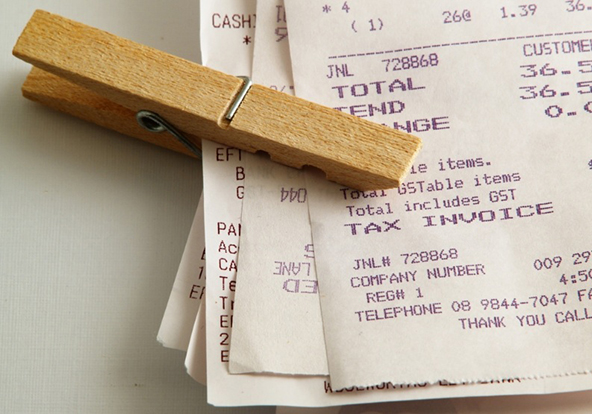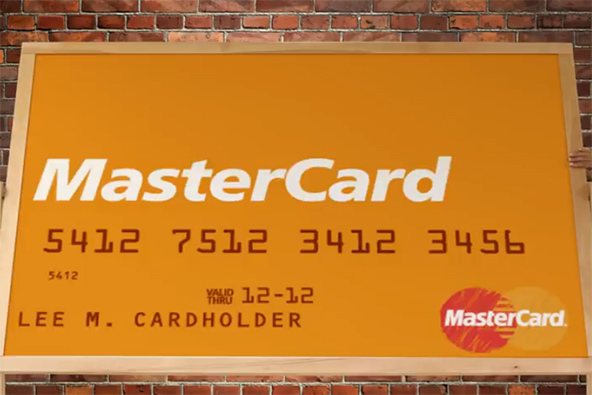What Every Merchant Should Know about Transaction Receipts

When consumers don’t recognize charges on their credit card statements, the first thing they usually do is contact their card issuers and try to determine whether the transaction is legitimate. If it is, there must be a sales receipt associated with it.
Now, the merchant may have provided its customer with a copy of the receipt at the time of the transaction, but more often than not the receipt soon ends up in the trash bin or it is “stored” at a place where the cardholder will never find it, least of all when she needs it the most. Moreover, there are a growing number of transaction types, for which the merchant is not required to produce a printed receipt in the first place.
Yet, a record, whether printed or electronic, does exist for each credit card transaction and you need to make sure it contains all of the information needed to describe the associated transaction. These records are then used to answer customer inquiries, which the processor and merchant receive in the form of “retrieval requests” from the issuer. Let’s take a look at the information these transaction records need to contain.
POS Terminal Transaction Receipts
Listed below are the requirements for the type of information that should be displayed on receipts produced by all types of point-of-sale (POS) terminals and how (merchants can include additional details):
- Merchant name and location.
- Transaction date.
- Merchant ID.
- Truncated account number. Only the last four digits of the account number should be displayed; the rest should be replaced with special characters like “*”.
- Invisible expiration date. The whole expiration date should be replaced with special characters, in the format “XX / XX”.
- Payment brand. The card brand (Visa, MasterCard, Discover, etc.) must be identified.
- Transaction amount.
- Authorization code, if applicable.
- Cardholder signature line, except for:
- Transactions where a PIN is used as a cardholder authentication method.
- Limited-Amount Terminal transactions.
- Self-Service Terminal transactions.
- Visa Easy Payment Service (VEPS).
- Return and / or refund policy (optional).*
*You are allowed to print your return and refund policy on the back of the receipt, however, if you choose to do so, your customer must initial the back of the receipt in acknowledgement of the stated policy, in addition to signing the front of the document.
Card-not-Present Transaction Receipt Requirements
Following are the requirements for the information a manually printed receipt documenting a card-not-present transaction should display and how:
- Merchant name and location.
- Merchant web address.
- Transaction date.
- Description of merchandise or services.
- Payment method used.
- Authorization code. Unlike card-present transactions, card-absent ones must always be authorized.
- Transaction type: purchase or credit.
- Transaction amount.
- Return and / or refund policy (optional).
There are no restrictions on any additional information the merchant may want to include in the transaction receipt, provided the above details are clearly displayed.
The Takeaway
You need to develop a process for storing and managing transaction receipts that allows you to quickly respond to retrieval requests. Your receipts can also be stored at your processor, who will then be responding to retrieval requests without having to ask for your assistance. Even if that is the case, however, it is still a good idea that you store copies of the transaction documents as a fall-back option if your processor’s system fails.
Image credit: Web2n.com.


